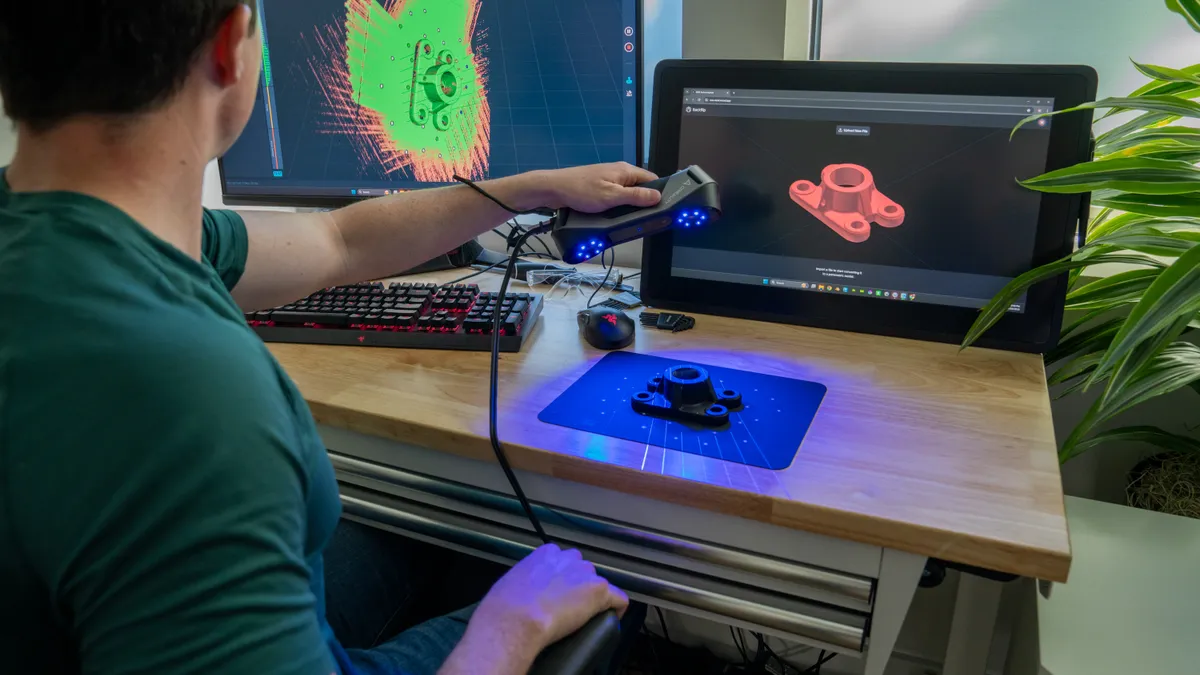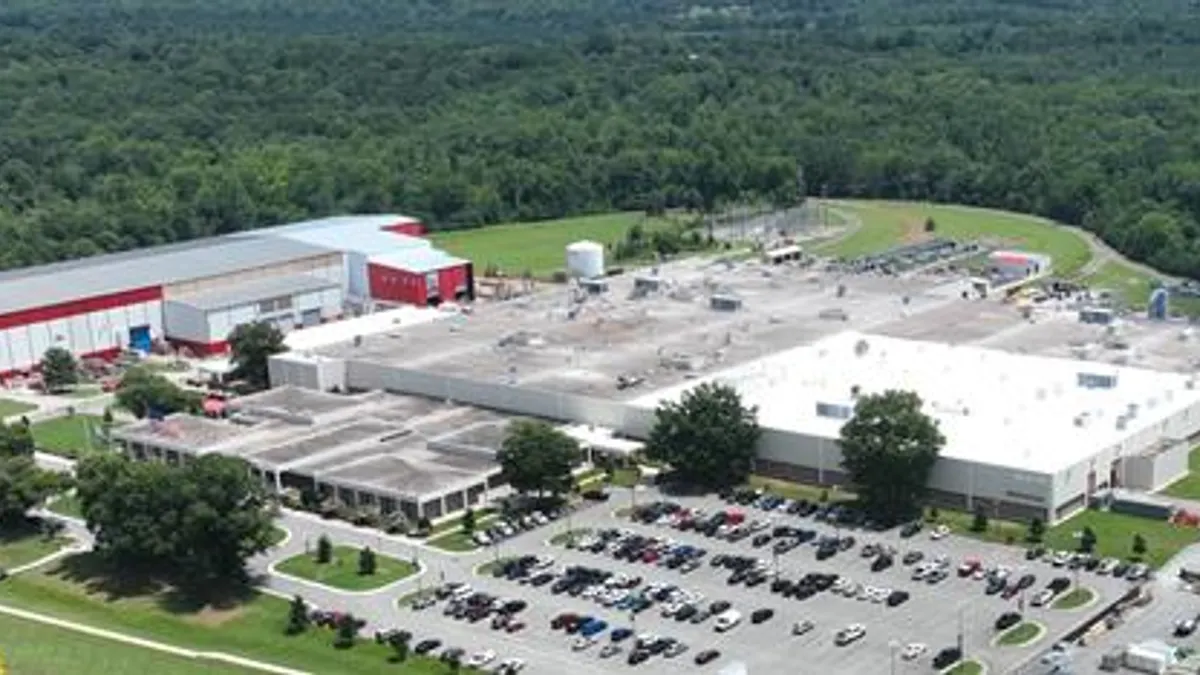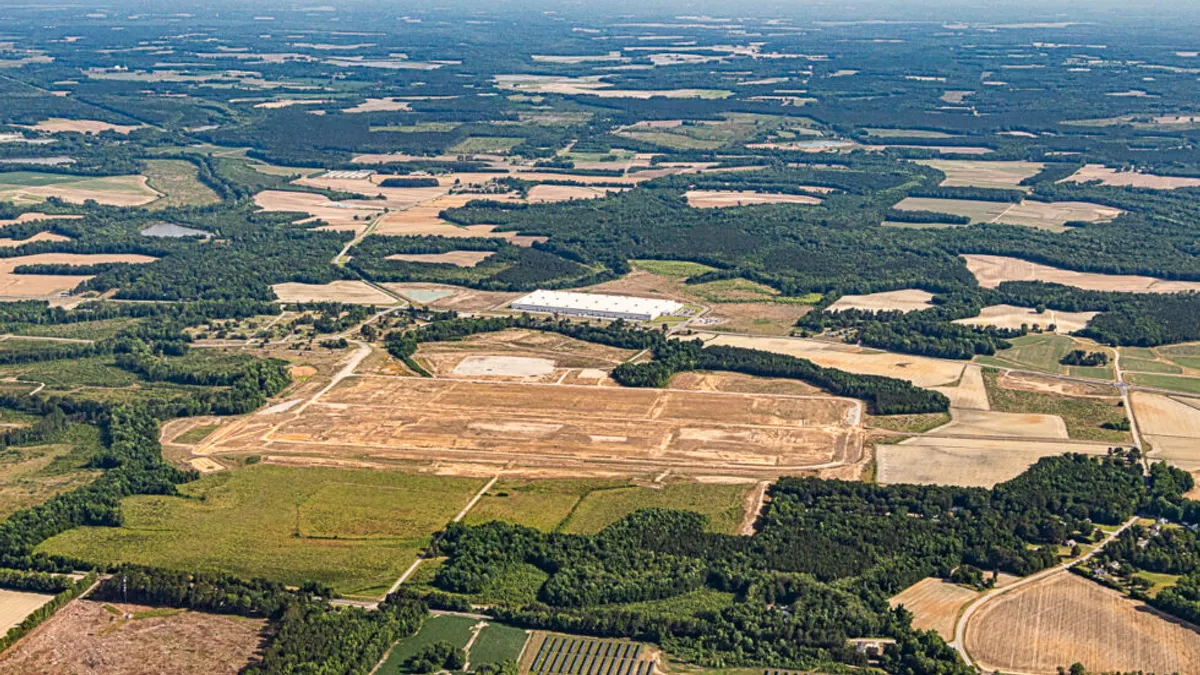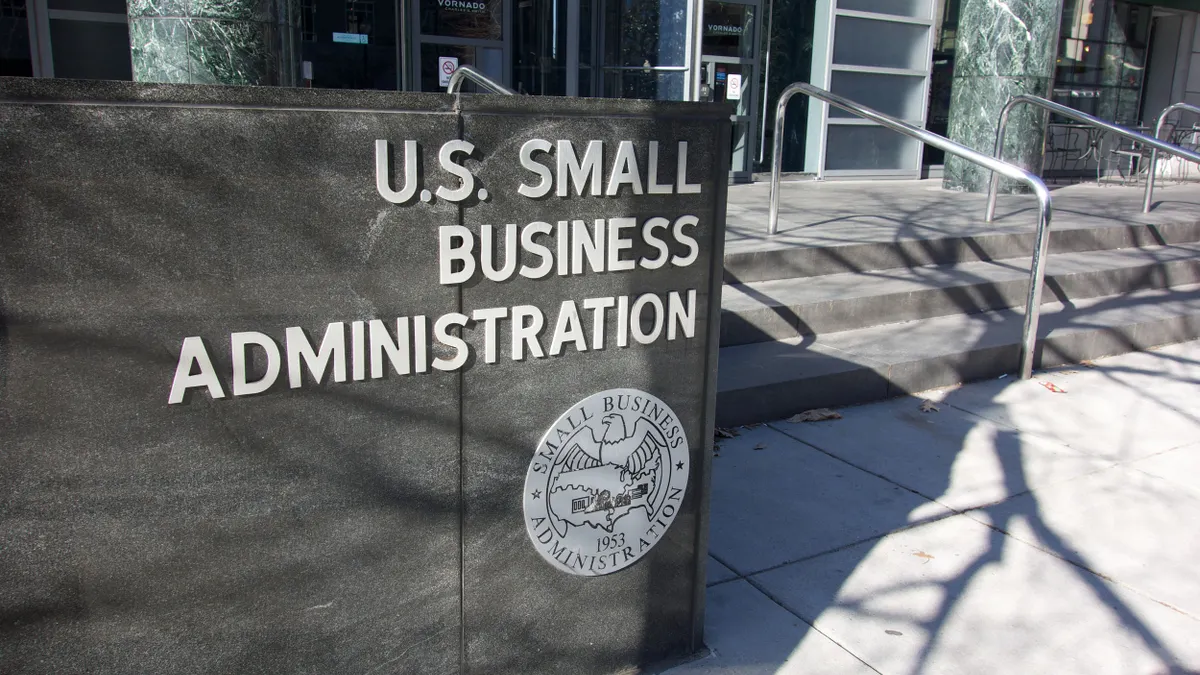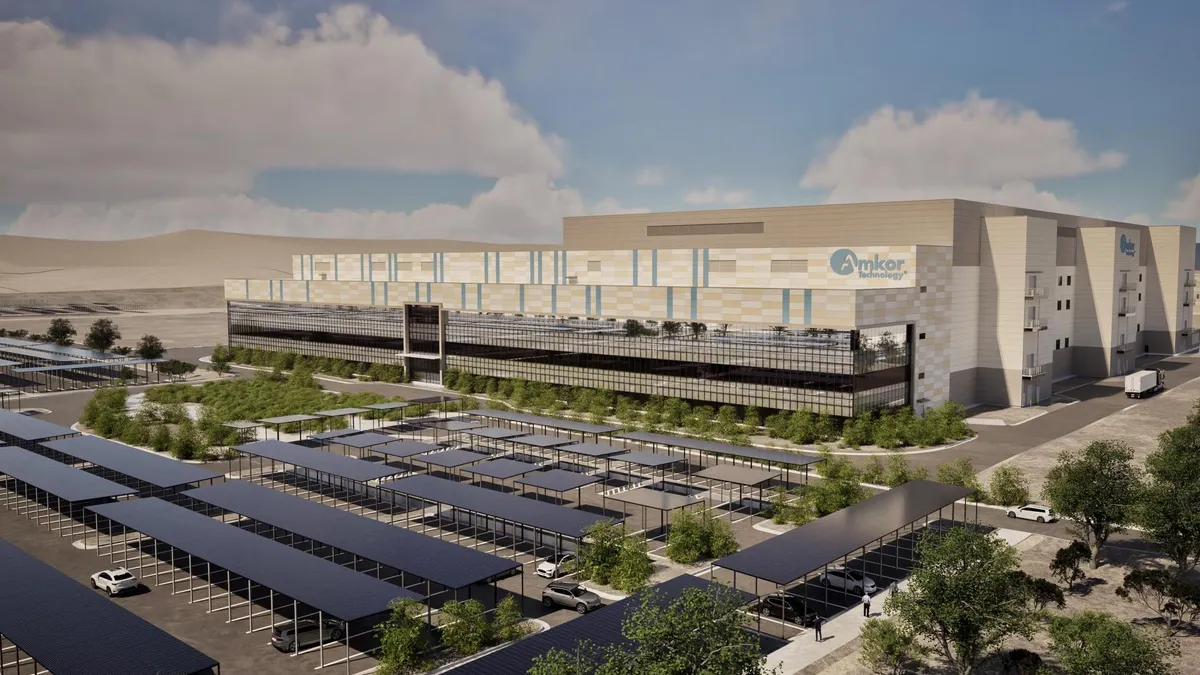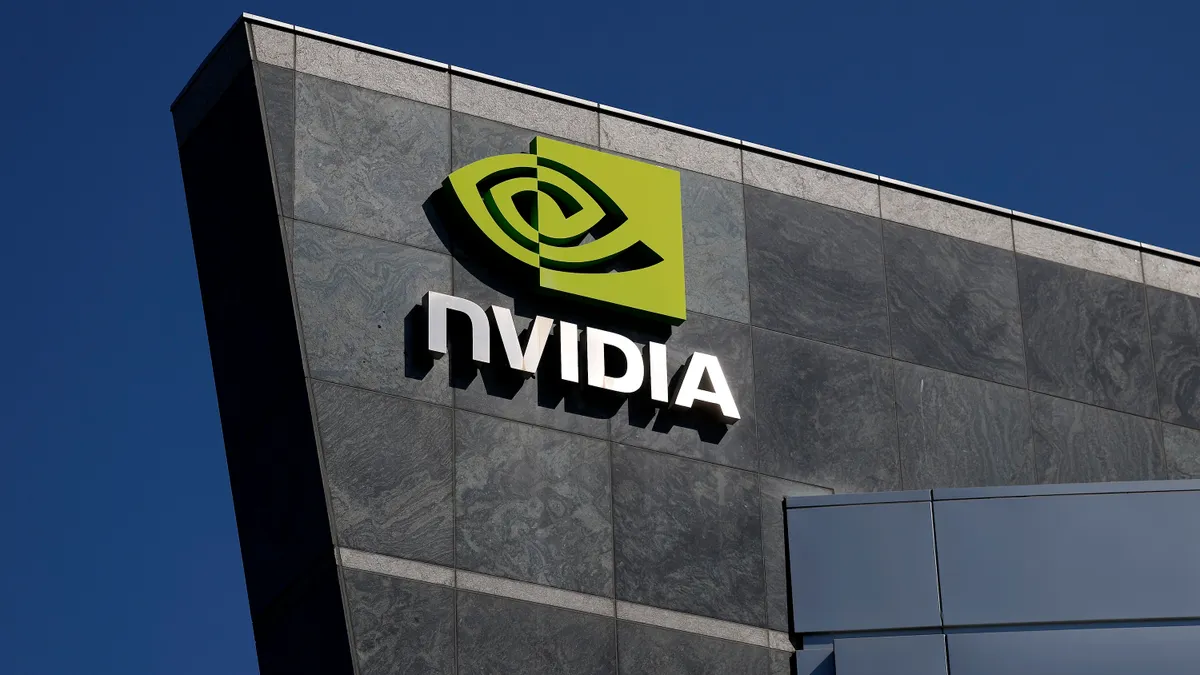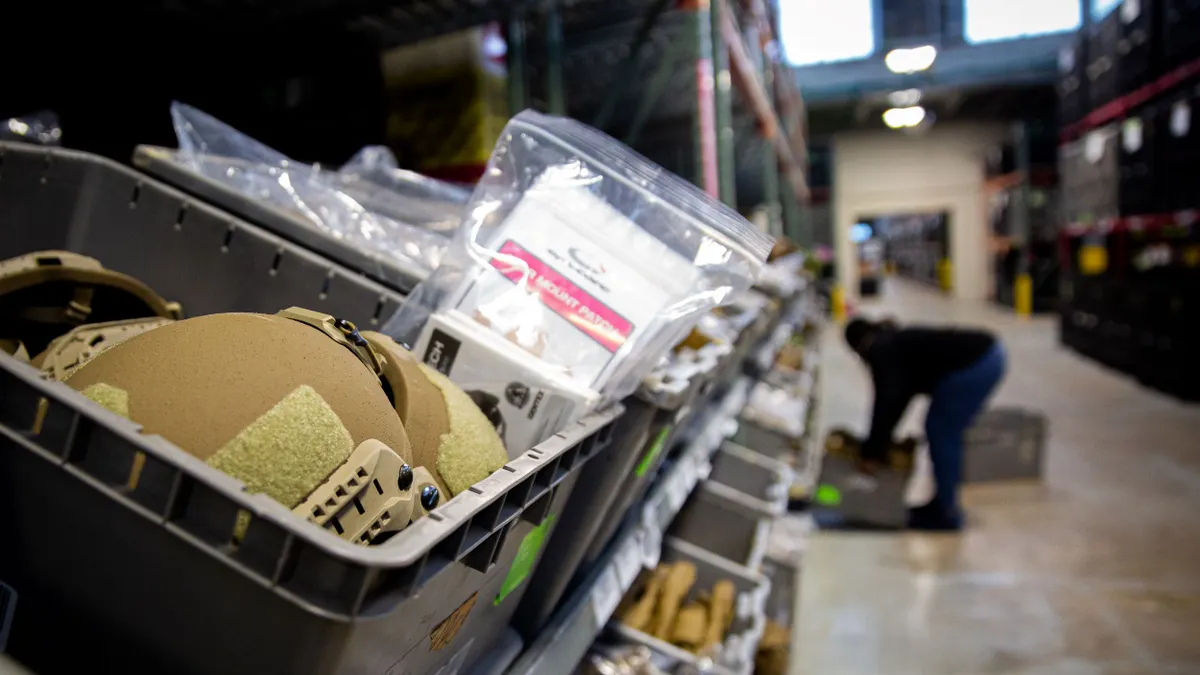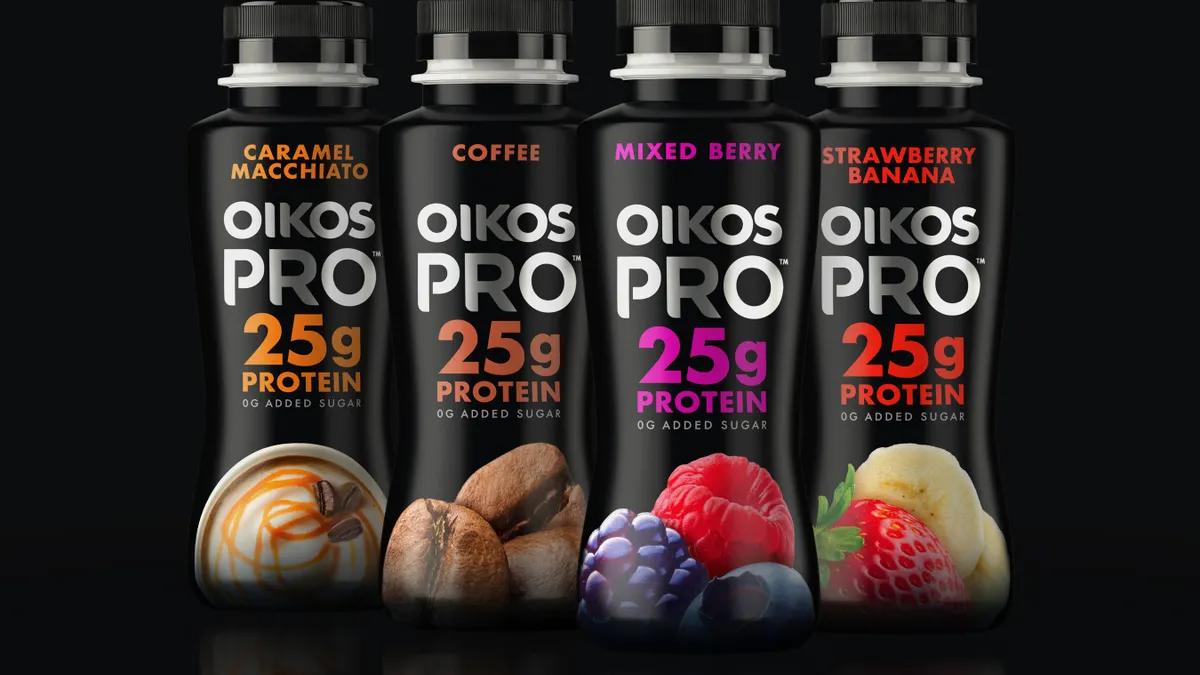Editor’s note: This story highlights takeaways from an April 9 event hosted by Manufacturing Dive and Food Dive. Register here to watch the replay on demand.
As President Donald Trump’s administration modifies tariff regulations daily, consumers are shifting their purchasing power in an effort to cut costs amid an uncertain global climate.
A lot of companies are struggling to balance innovation with the economic realities of inflation and supply chain uncertainty, which increased with pending tariffs, Ivan Torossian, consulting director at GlobalData, said during a virtual State of Innovation in Food Manufacturing event hosted by Manufacturing Dive and sister publication Food Dive on April 9.
Torossian was joined by Megan Bullock, predictive science director at Conagra Brands, and Franz Guzmán, a consultant and marketing professor at California State University, to discuss how food manufacturers can navigate through these challenges to continue developing new products and processes.
As the global trade war rages on, Torossian said food manufacturers will need to come up with a strategy to not only make the consumer happy but also make it worth their money.
“We don't know what's going to happen tomorrow, but basically they want and need to innovate, but are facing this intense cost pressure,” Torossian said. “So many are concerned about how to maintain their innovation pipelines while managing these margins in this environment.”
While innovation has changed over time, there are three components that are always present, Bullock said.
“You have the factor of convenience and value, you have the factor of health, and you have the factor of flavor and experience,” Bullock said. “And those will always be standing pillars when it comes to building a new product. But the nuances underneath those have shifted a lot.”
The uptick of social media and viral trends have also led to consumers wanting bold flavors that are buzzworthy, she added.
“Social media is one of our core data sources because it’s a real-time feed of what consumers are cooking and eating and dabbling with, in home and at restaurants, but there is a lot of noise,” Bullock said. “You have to decipher between what people like to watch versus what they actually want to recreate.”
The traditional stage-gate model for product innovation cannot keep up with the rapidly changing consumer interest on social media. As a result, companies are rethinking their innovation processes to close the gap, Torossian said. Moreover, companies are conducting “renovations” of existing products or processes to generate quick returns.
“I think that leading companies like Conagra are adopting what we call adaptive innovation, so creating more flexible platforms that can quickly pivot as these trends evolve,” Torossian said.
Companies like Conagra are utilizing artificial intelligence to accelerate innovation, which takes a fraction of the time, from six months down to six weeks, and is cost-effective. Instead of getting consumers in a room to taste test the products, Conagra looks at behavioral data, Bullock said. The data includes what consumers are searching for on the internet, what they're talking about on social media, and what kind of products they're buying.
For example, the consumer demand for GLP-1 weight loss drugs, which has been changing food consumption, according to an EY report. Conagra didn’t immediately jump on the GLP-1 trend. Instead, the company watched the demand increase progressively before modifying the packaging to say it was GLP-1 friendly.
“If there's new development in terms of certain ingredients or products that work for them don't work for them, and we might get to a tipping point where we will introduce new solutions,” Bullock said. “But we're just naturally always going to follow that approach, where we inch in first by making that better connection before we jump right to innovation.”
However, it can be too much to sift through disparate datasets that Conagra has to connect and find similar patterns, Bullock said. With AI, however, the technology can go through the data that helps the company come up with ideas, such as what kind of color cue to use for a certain attribute.
Torossian said he sees AI revolutionizing food innovation across the entire development process, analyzing data points to identify emerging consumer trends before they go mainstream.
Formulation-wise, AI optimizes variables, such as taste, texture and costs, he added.
“AI will enable brands to create products tailored to specific consumer sectors or even individuals,” Torossian said.
While the amount of data can be overwhelming, and there are challenges to using AI, such as regulatory and legal hurdles, Guzmán said to play with the technology to ensure companies understand it.
“I need you to know what I can do with that data for more strategic thinking if we position ourselves in that way,” Guzmán said. “It’s not gonna take our jobs, but it actually requires us to level up our game.”







